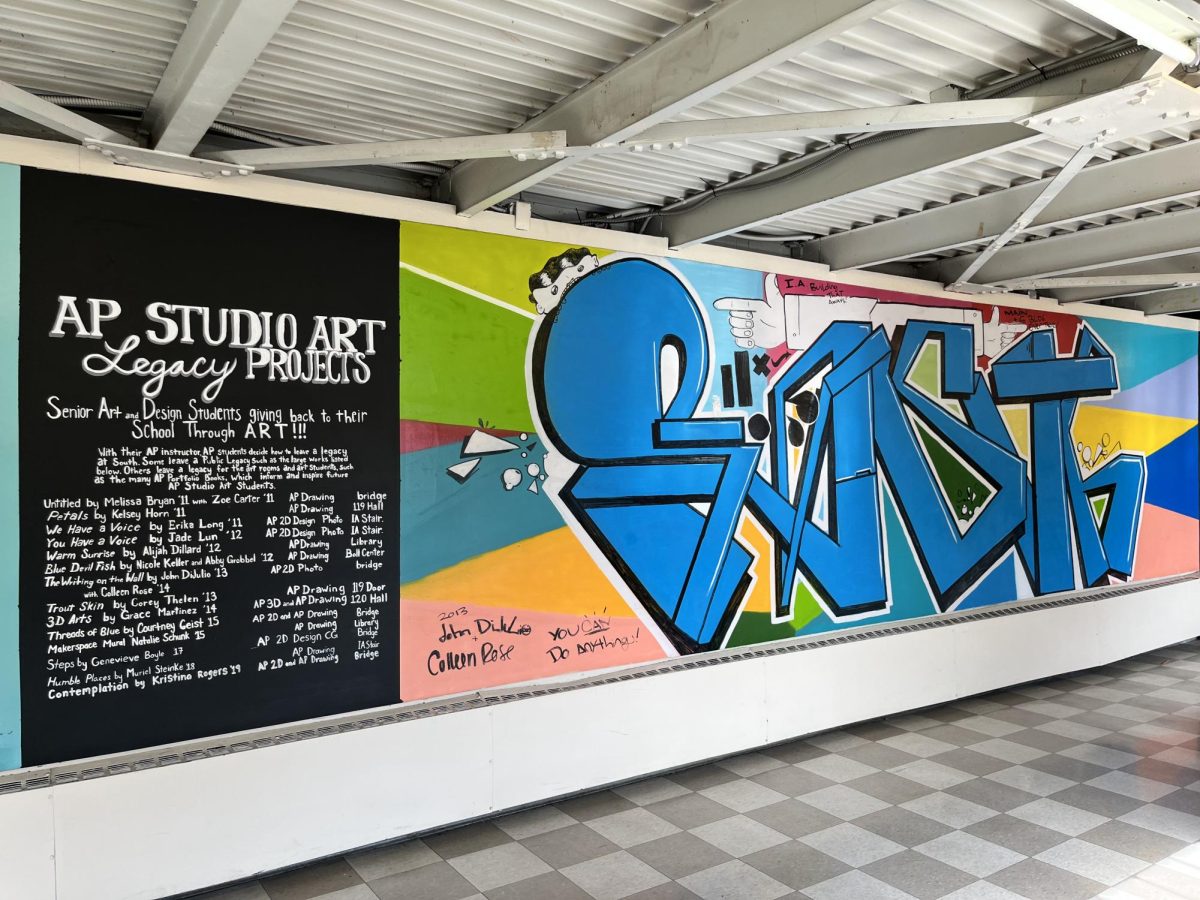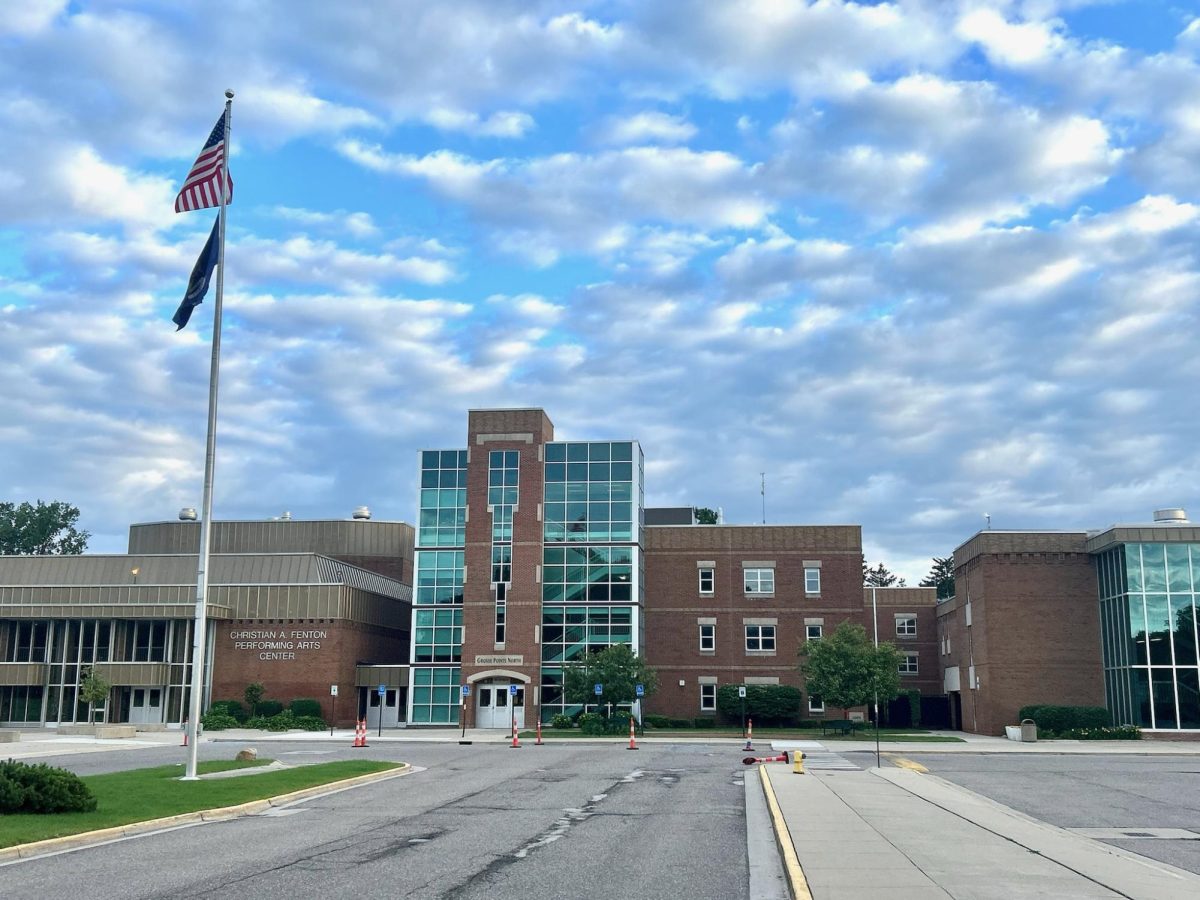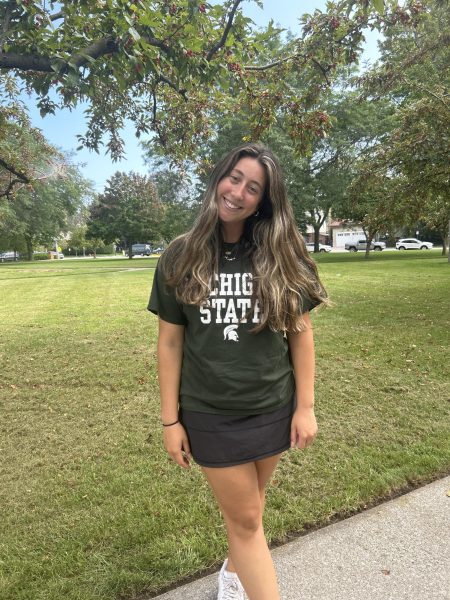For each new school day, there are new subjects to study and opportunities of which to take advantage. In order to ensure students are provided with the best possible education, distractions must be limited. Phones off and out of sight, headphones removed and body parts concealed.
The dress code at South states that, as long as clothing does not interfere with or disrupt the educational process, endanger health and safety or violate the student code of conduct, it can be worn. This rule has been a topic of discussion among students who believe it is unfair and targets the oversexualization of teenage girls. Katie Peck ‘25 expressed her discontent with the dress code by creating an online petition urging administration to reevaluate it. Peck is participating in a fellowship that focuses on civil rights and social justice. The fellowship assigned a task to Peck: she was told to complete a project that interacts with the community regarding social issues within the community.
“This year, obviously, the dress code has gotten a lot more strict, and so I had seen that and I based my project off that,” Peck said. “And the way (administration) is treating girls within the school is just horrible.”
One of the main enforcers of the school dress code at South is Assistant Principal Cindy Parravano. Parravano said that she not only enforces the dress code as her job but also agrees with it. Counteracting this petition she questions what the dress code should be in signees’ eyes.
“Would if it’s(the dress code rule) three inches? Who’s measuring? Do I have to measure that?” Parravano said. “You are in someone else’s work place as well, so there has to be some standard and some level of dress.”
With the petition having just under 200 signatures, Peck’s goal is to get up to 250 to 300 signatures, which is not far out of reach. She said she then plans to take a group of girls who have signed it to the next school board meeting and use the support of the petition to call administration out on the mistreatment.
“(We will) ask (the board) to work with students—particularly the group that’s working on this—to form a new dress code or to adapt how (administrators) are handling the dress code and dress coding students,” Peck said.
Although she hasn’t signed the petition yet, Helena Moore ‘25 said she agrees with everything it stands for. She has been dress coded in the past and said that she hated the experience. Moore said she has had friends with a similar discontent; they were told that what they were wearing was inappropriate even though they believed they were “showing normal parts of the human body”, and were given a school t-shirt. Moore explained that the administration doesn’t understand the popularity of these types of clothing.
“I think that the dress code is very targeted at females because their clothes are viewed as more provocative and showy when really that’s just style,” Moore said.
The dress code in South’s Code of Conduct states that students’ clothing should adequately cover the chest, back and midsection. Parravano said that one of the main controversial topics is how you choose to interpret adequately.
“I would say that if the top of your shirt meets the bottom of your pants, that’s adequate,” Parravano said. “But when you have people who come to school and the shirt is (showing upper midriff) and the pants are rolled down and you’re seeing (midriff), it’s not adequate.”
Moore, however, said she does agree that there should be a dress code put in place because of South’s public setting, but she sticks to her belief that the dress code would be most effective if it wasn’t so targeted.
“Most of the time when girls are wearing shirts that show their stomach, it doesn’t mean they are trying to show off their bodies, (they think) ‘Oh, I’m just wearing a normal shirt,’” Moore said.













































































